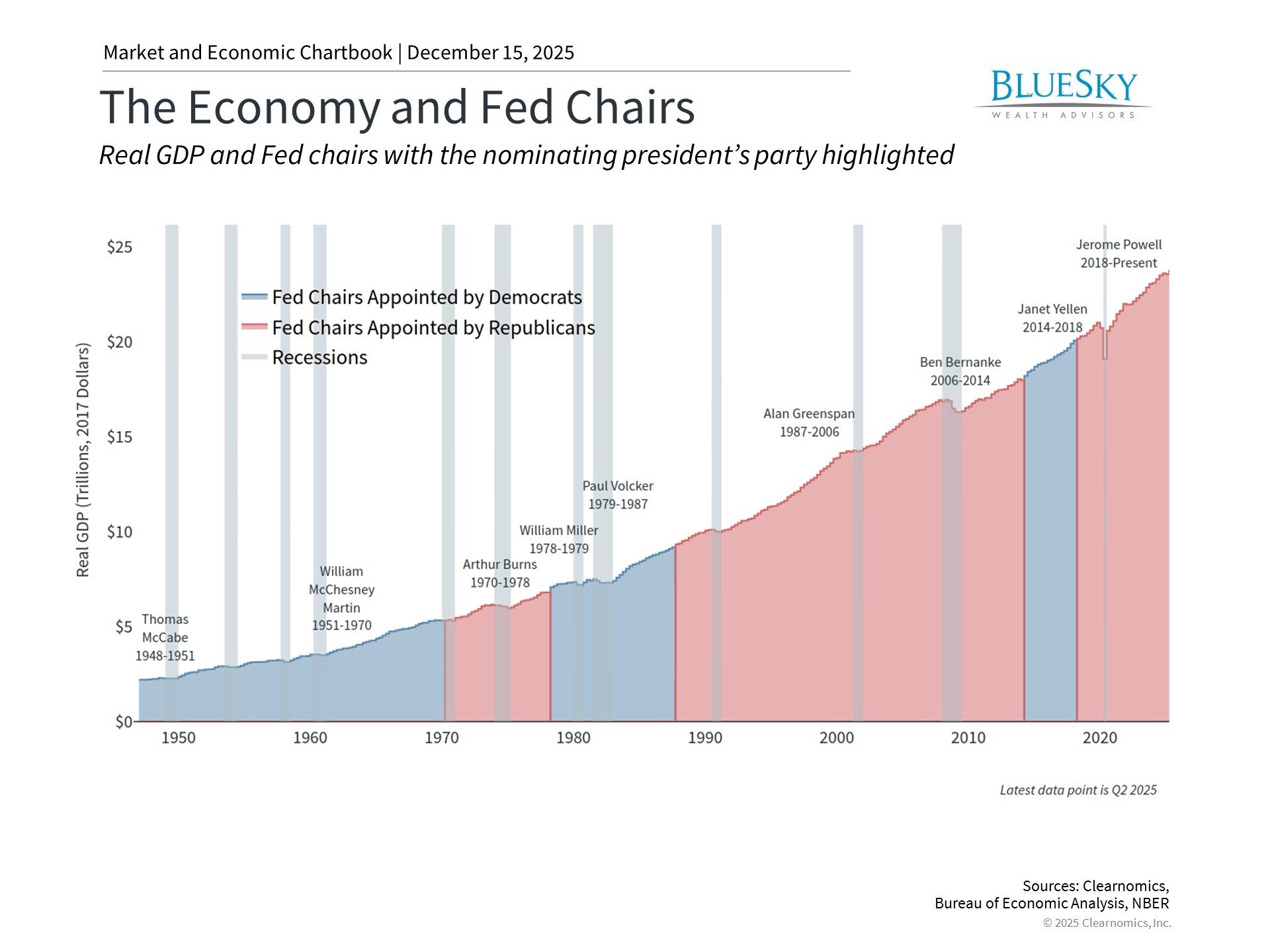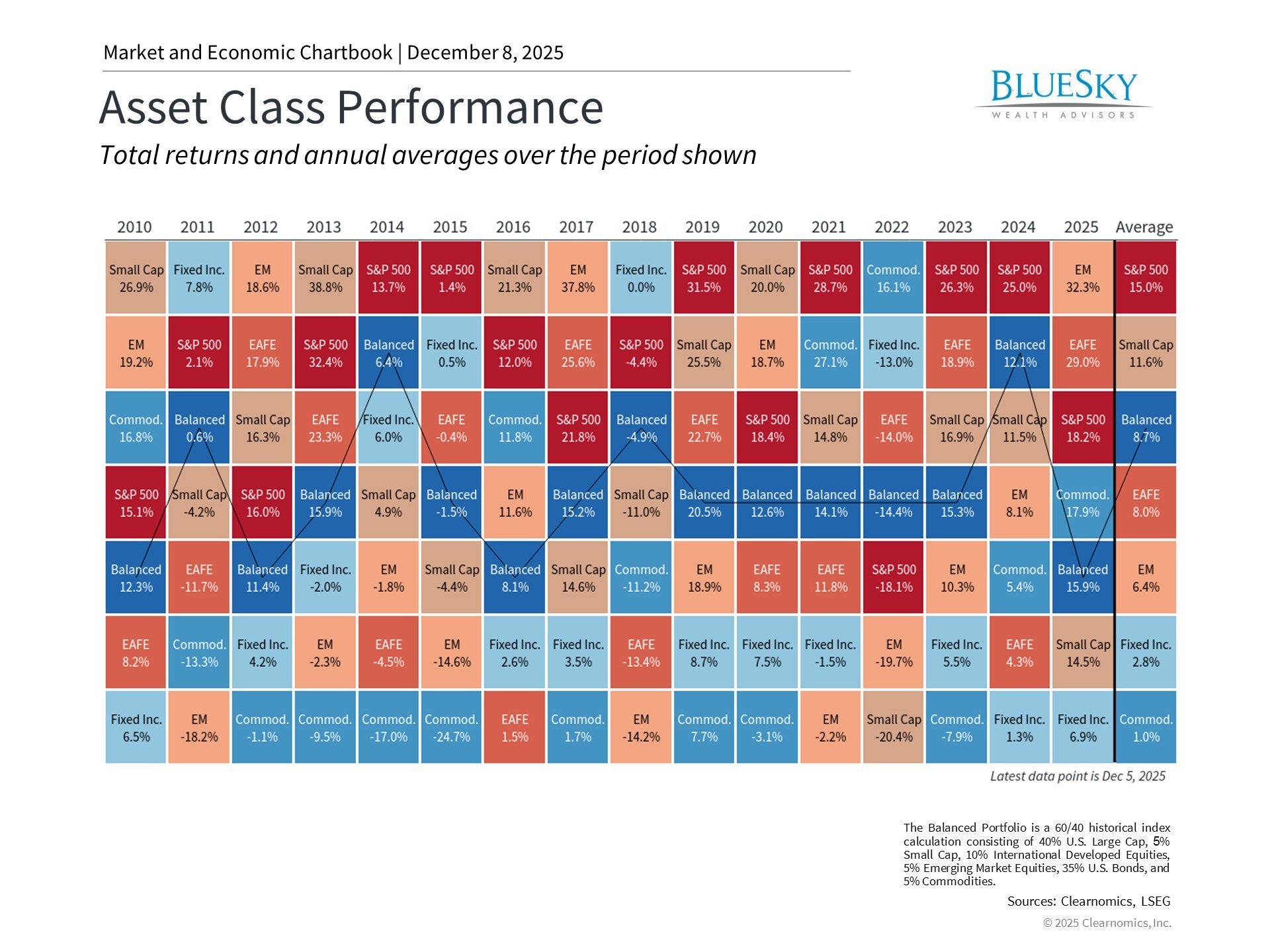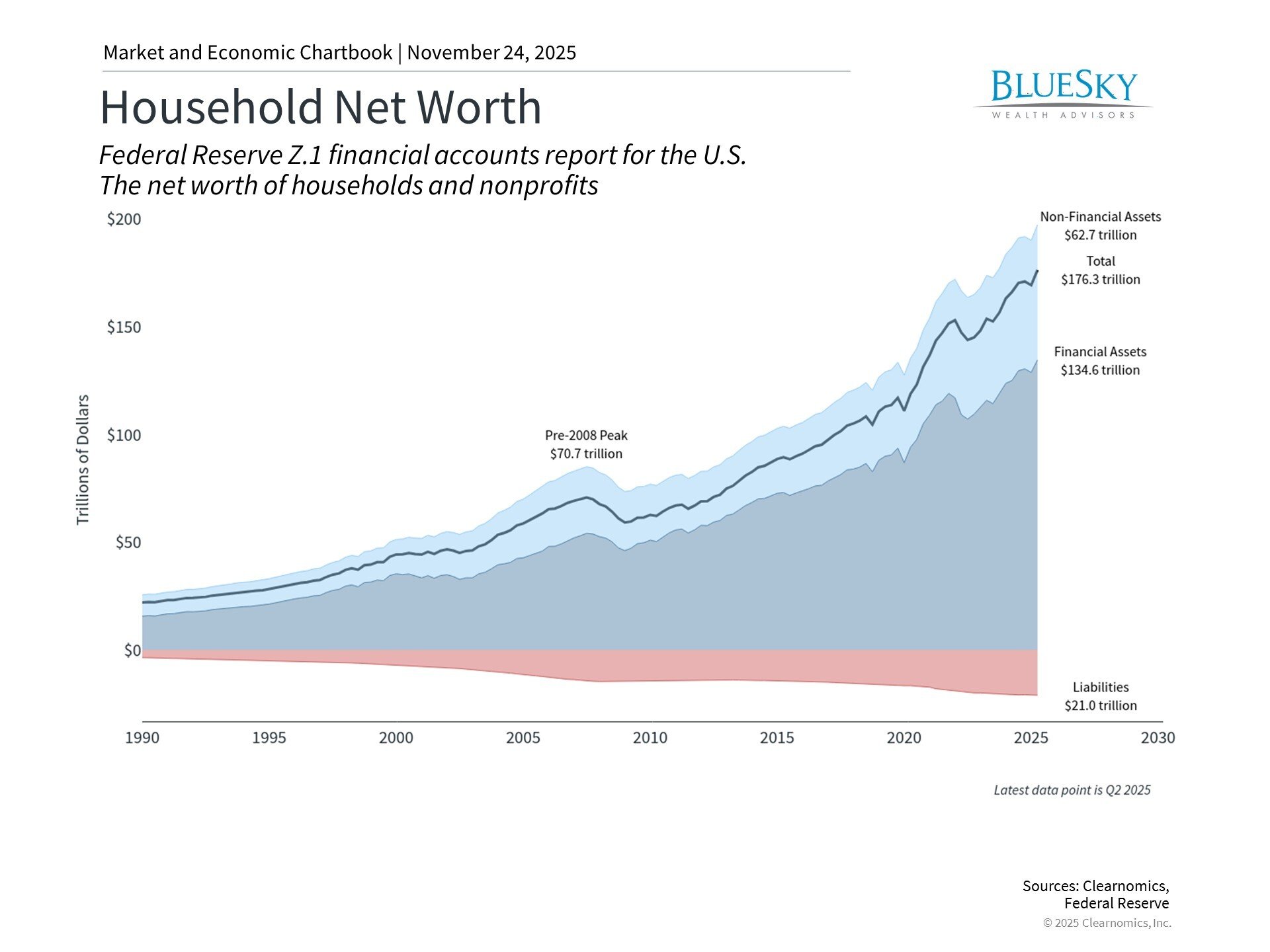
TO ROTH OR NOT TO ROTH
TO ROTH OR NOT TO ROTH

Prior to April 15, a lot of workers will wonder whether making a prior year IRA contribution is a better tax strategy than making a prior year Roth contribution. Like most good financial planning questions, it depends. But let’s start with the first question:
Are you eligible?
In 2016, married couples where at least one person is covered by a retirement account at work begin phasing out their ability to make a deductible IRA contribution at $98,000 of modified AGI, singles at $61,000. Without retirement plans at work, a deductible IRA is always possible, unless the spouse has a retirement plan at work, in which case deductible IRA contributions phase out at $184,000 of modified AGI. For Roth IRAs, full contributions are only possible for modified AGI less than $184,000 (married) or $117,000 (single), regardless of what retirement plans are offered at work.
How much can you contribute?
Up to the lesser of household earned income or $5,500 can be contributed to an IRA or Roth IRA (or combination thereof), increased by $1000 for those over 50 by the end of the year. A Traditional IRA contribution creates a below-the-line tax deduction for AGI in the year of contribution, the investments can grow tax-free until retirement distributions are made, at which point they are fully taxable as ordinary income. In contrast, a Roth contribution creates no tax advantage in the year of contribution (unless the Saver’s Credit applies), but the investments can grow tax-free and be distributed tax-free in retirement.
So which is better?
With the massively simplifying assumption that your marginal income tax bracket now is identical to your marginal income tax bracket during distribution, both retirement vehicles are mathematically equivalent after all taxes are applied. So it is commonly assumed that highly-compensated workers should utilize tax-deferred accounts and younger workers whose career is expected to put them in a higher future tax bracket should utilize Roth accounts. But additionally, some thought should be paid to expectations of future tax rates, and whether you expect them to get more progressive (taxing higher incomes more, middle to low incomes less or not at all) or less progressive (more flattening of rates). With a ballooning federal debt, it is not hard to imagine that tax rates for everyone could be higher in the future. But it is also possible that tax revenue is raised through different sources other than income tax.
Hedge your bets
Although it is impossible to optimize the allocation of Roth assets vs. traditional tax-deferred assets without knowing all the variables including future tax rates, for most savers it is a good idea to aim to reach retirement with some Roth assets, some tax-deferred assets, and also some taxable savings.
Consider the pitfalls of concentrating all your retirement savings in either-or, as opposed to both. The saver who only utilized traditional IRAs and other tax-deferred investment plans could easily find themselves in a distribution phase where the required minimum distributions (after age 70.5) are so high that they remain in the highest possible tax bracket, with no way to control their reportable income, especially when combined with Social Security and other retirement income sources. Even some modest amount of Roth contributions earlier in their career could create at the very least a better gift to pass to heirs, but might also conceivably give them an opportunity to fine-tune their level of reportable income to take advantage of tax incentives.
On the other hand, the saver who only utilized Roth IRAs and other tax-free investment plans will likely pay no income tax at all in retirement, and even a modest amount of tax deduction during their working years would have cost them nothing, as small IRA withdrawals could be made in retirement without rising above exemptions and deductions.
Final thoughts about asset location
At Bluesky Wealth Advisors, we think IRAs and Roth IRAs are great places to put investments that pay out a lot of income which would otherwise be taxable, like real estate investment trusts (REITs) and bonds. Furthermore, all tax-deferred assets at all times have some (unknown) portion earmarked to repay the government, so all returns and all risks are shared with another party. More stable assets with lower expected returns are appropriate in tax-deferred vehicles, whereas assets with the highest expected returns long-term are better candidates for a Roth (where they are shared with no one), or for a taxable account (where capital gains receive favorable tax treatment, and losses are deductible).





